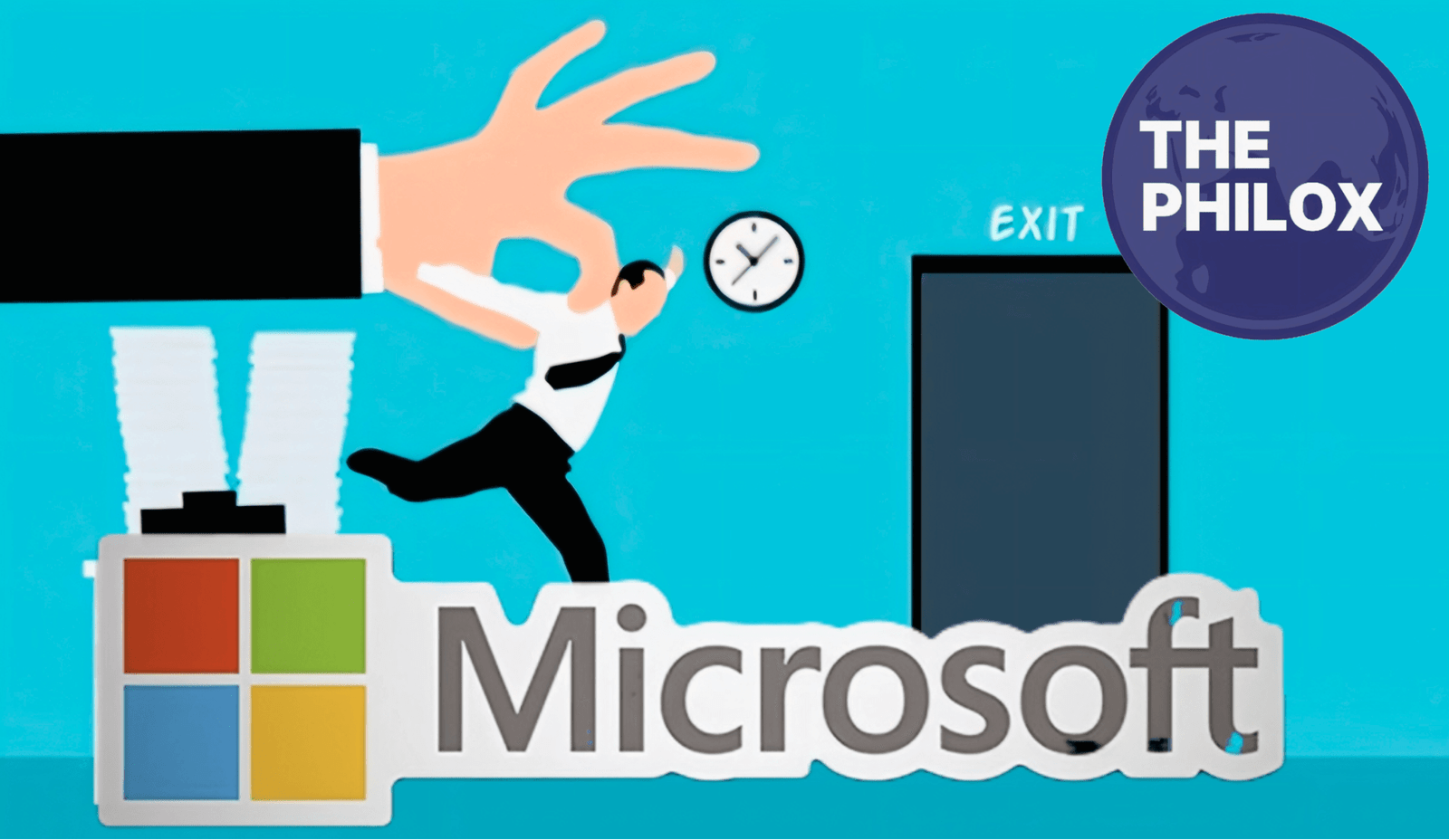In the year 2025, Microsoft made a huge announcement on employment layoffs that would effect thousands of employees across a variety of areas. The choice, despite the fact that it is challenging, is a component of the larger strategy that the corporation is implementing to improve efficiency and cut operational expenses. The increasing importance of artificial intelligence (AI) in the automation of a wide variety of commercial tasks is the driving force behind this relocation. The organization is able to boost productivity, streamline workflows, and make more efficient use of resources with the assistance of intelligent solutions. This transition is a reflection of a growing trend in the technology industry, where automation is transforming the future of work. While it brings about significant changes for the workforce, it also represents this trend.
Tag: Microsoft productivity tools
Microsoft Looks to Windows 12 to Regain User Trust Lost with Windows 11
Microsoft is expected to release Windows 12, the next-generation operating system, by the end of 2025. With all the feedback gathered from Windows 11, Windows 12 will bring much more improvements in deep integration of artificial intelligence (AI) to improve user experience and productivity. AI-driven features will help users with file organization, system optimization, and personalized suggestions. A major innovation to be represented will be the modular design of a “Core PC,” which tries to provide a more flexible, secure, and efficient system with faster update times and superior hardware scalability. Windows 12 will also build upon the new user interface offered by Windows 11, creating more customization choices, an optimized File Explorer, and an even better taskbar. These updates, on one hand, will address criticisms from Windows 11, for instance: the high system requirements and the mandatory Microsoft account setup, concentrated on more compatibility and more user-centric features of the product. Therefore, Windows 12 would better embrace various technological advancements that change user preferences, be it competitive demand or increased adoption.

